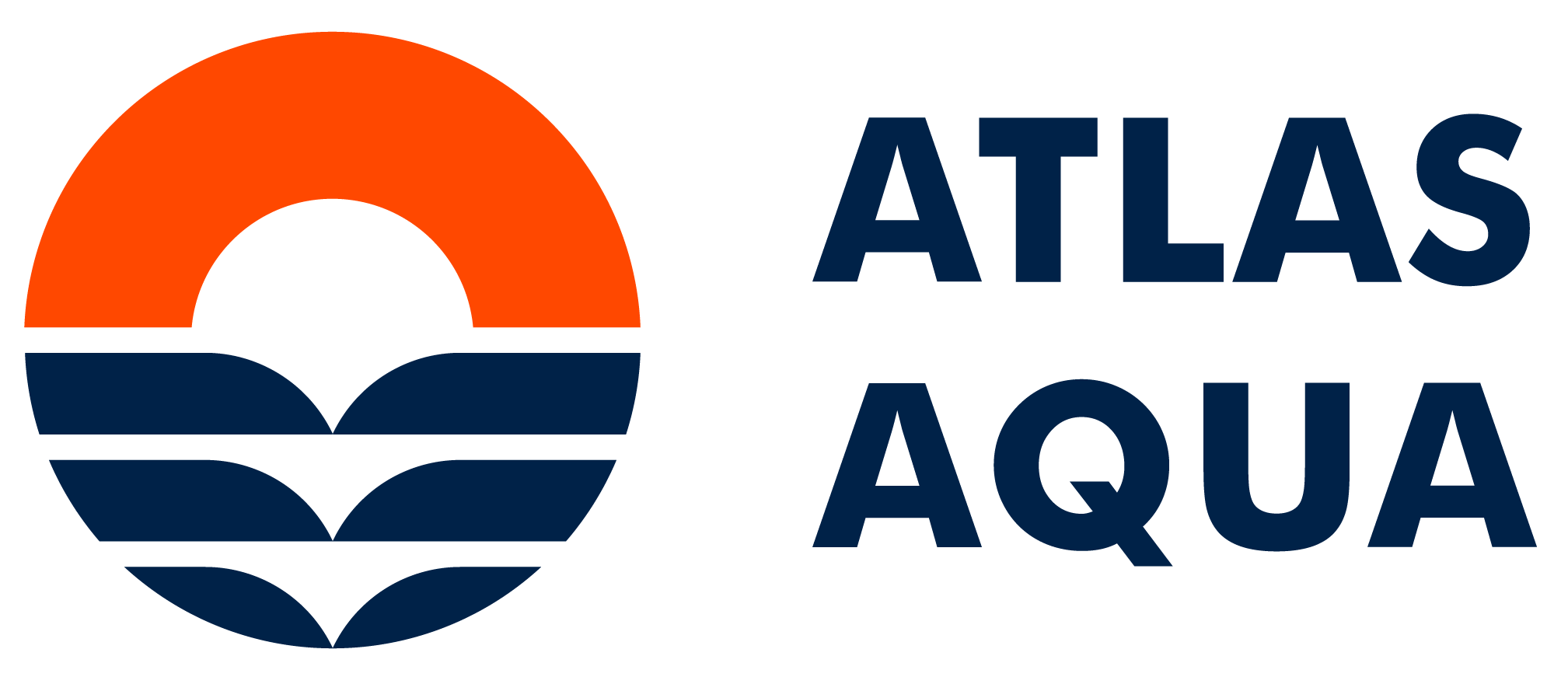The Necessity of Oxygenation in Aquaculture Farms
The Necessity of Oxygenation in Aquaculture Farms Introduction In aquaculture, water isn’t the only element that matters—oxygen is equally vital. Without sufficient oxygen, even the most well-designed system can fail. At AtlasAqua, we know that maintaining optimal oxygen levels in fish farming is not just about survival—it’s about maximizing growth, health, and profitability. This guide explores the importance of oxygen in aquaculture and highlights the technologies, tools, and best practices essential to keeping your aquatic environment thriving. Whether you’re raising tilapia, trout, or shrimp, the right oxygenation strategy is a cornerstone of sustainable success. Why Oxygen Is the Lifeline of Aquaculture Fish, like all aerobic organisms, rely on dissolved oxygen (DO) for respiration. In natural ecosystems, oxygen cycles constantly. But in aquaculture systems—especially high-density operations—oxygen demand often exceeds natural supply. Why Proper Oxygenation Is Critical Improves feed conversion and growth rates Enhances immune function and disease resistance Reduces stress and mortality Enables higher stocking densities Supports microbial activity for waste decomposition Simply put, better oxygen means better yield. And at AtlasAqua, we help you reach that goal using innovative technology built specifically for modern aquaculture challenges. Understanding Oxygen Levels in Fish FarmingWhat Is Dissolved Oxygen (DO)? Dissolved oxygen refers to free, non-bonded oxygen molecules in water, typically measured in milligrams per liter (mg/L). Fish need a specific DO range to grow efficiently. If oxygen drops below a certain threshold, growth slows, diseases emerge, and fatalities rise. Ideal DO Levels: Warmwater species (e.g., tilapia): 4–6 mg/L minimum Coldwater species (e.g., trout): 7–10 mg/L preferred Factors That Influence DO Levels: Water temperature: Warmer water holds less oxygen Stocking density: More fish = higher oxygen consumption Organic load: Uneaten feed and waste consume oxygen during breakdown Photosynthesis & respiration: Plants and algae produce oxygen during the day but deplete it at night Water flow and circulation: Stagnant areas can become oxygen-deprived Consequences of Low Oxygen in Aquaculture Farms Neglecting DO management leads to serious risks: Sluggish growth and poor feed conversion Sudden mortality events during warm weather or power outages Increased ammonia and nitrite buildup from poor biofiltration Susceptibility to parasites and bacterial infections Stress-related behaviors (surface gasping, erratic swimming) At AtlasAqua, we’ve worked with farms that lost thousands of dollars in stock overnight due to oxygen crashes—incidents that could have been prevented with proactive monitoring and targeted oxygen delivery systems. Modern Solutions for Managing Oxygen Levels There’s no single solution that fits all farms, but advancements in technology allow us to offer tailored oxygenation strategies for every aquaculture setup. 1. Aerators and Surface Agitation Traditional but still effective in pond systems. Paddlewheels, fountains, and air stones promote oxygen diffusion by increasing the water-air interface. 2. Pure Oxygen Injection Systems These systems dissolve high concentrations of oxygen directly into the water via fine-pore diffusers or low-pressure systems. Ideal for RAS and high-density tanks. 3. Oxygen Cones by AtlasAqua Designed for precise and efficient oxygen transfer under pressure. Our oxygen cones achieve close to 100% saturation with minimal waste, reducing both operational costs and oxygen loss. 4. NanoBubble Technology (AtlasAquaNanoLine) Nano bubbles are ultra-fine gas bubbles that remain suspended in water much longer than traditional bubbles. Our NanoBubble Generator allows: Deeper oxygen penetration Better oxygen retention Algae suppression and pathogen control Improved biofilm breakdown 5. Smart Oxygen Monitoring Systems We provide real-time monitoring tools including IoT sensors and automated controllers. These systems track DO fluctuations and automatically adjust oxygen delivery based on biomass activity and water conditions. Oxygenation in Different Aquaculture Systems Each aquaculture method requires a unique oxygenation strategy. Here’s how we approach each system: Pond Culture Use paddlewheel aerators or surface fountains Monitor oxygen closely in summer and post-feeding Nano bubbles can enhance oxygen delivery in deeper zones Recirculating Aquaculture Systems (RAS) Require high oxygen precision due to high densities Integrate oxygen cones and smart sensors Combine with filtration and degassing units for optimal balance Flow-Through Systems Supplement natural oxygen with injection during high biomass periods Monitor upstream water sources for oxygen fluctuations Cage Culture (Open Water) Use portable oxygen diffusers and aeration rafts Ideal for eutrophic or stratified lakes Battery-powered NanoBubble units available for offshore environments Risks of Over-Oxygenation Yes, too much oxygen can also be harmful. Supersaturation can lead to gas bubble disease Imbalanced systems may disrupt microbial activity Wasted energy and oxygen costs Tip: Use smart systems that auto-adjust oxygen based on live data. AtlasAquaoffers full automation with remote alerts and AI-based optimization. Best Practices for Oxygen Management Daily DO Checks – Automated sensors reduce labor but always have a handheld meter as a backup. Match Oxygen to Feeding Schedules – Peak oxygen use often occurs right after feeding. Clean Diffusers Weekly – Blocked diffusers reduce efficiency and performance. Have Redundancy – Always keep backup power and oxygen tanks available. Design with Growth in Mind – Plan your oxygenation setup for future expansion, not just current capacity. Sustainability & Profitability: Two Sides of the Same Coin Efficient oxygenation systems reduce: Energy use Chemical dependency Environmental discharge They increase: Survival rates Growth speed Overall profitability AtlasAqua’s systems are built not only to support production but to meet international sustainability benchmarks. Conclusion: Breathing Life Into Your Operation The importance of oxygen in aquaculture cannot be overstated. From metabolic health to water quality, every part of your farm’s performance hinges on maintaining healthy oxygen levels in fish farming. AtlasAquais proud to provide the tools, technology, and expertise to help farms oxygenate smarter—not harder. With our NanoBubble systems, oxygen cones, filtration units, and smart monitoring tools, you’ll be well-equipped to grow healthier fish and a more successful business.
